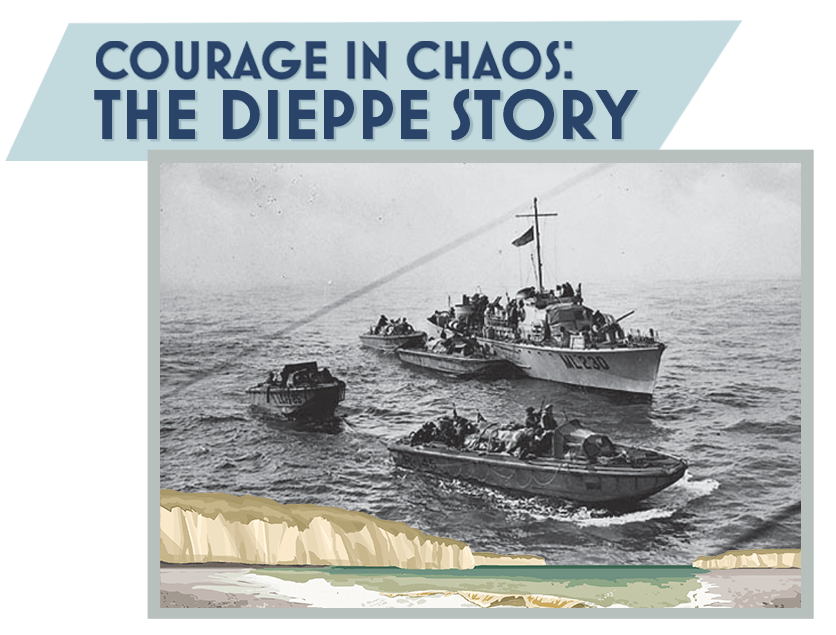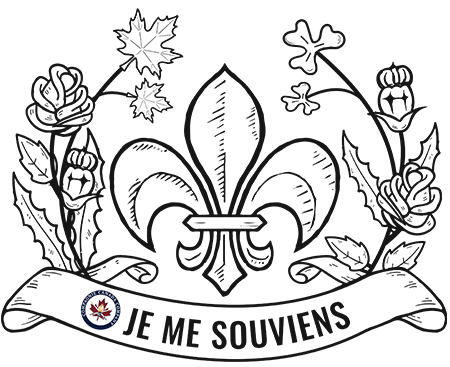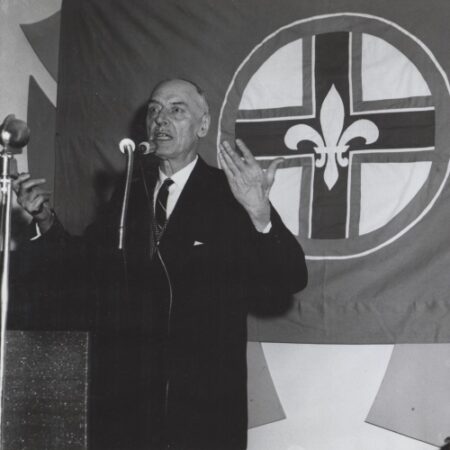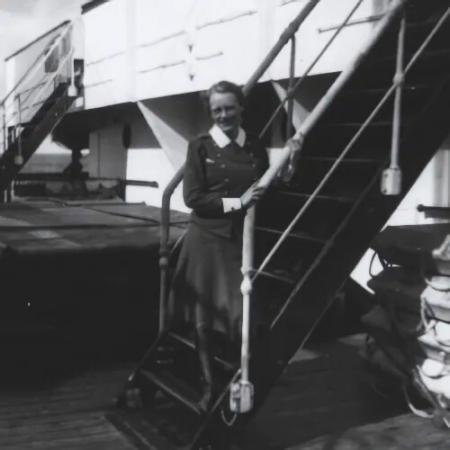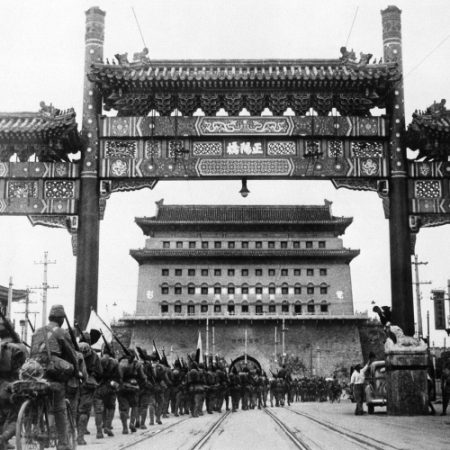The Dieppe Raid, on August 19, 1942, was the Canadian army’s biggest military operation to date. To transport these thousands of infantry soldiers and tanks, the Allies had to use hundreds of ships. This short article explores some of the Landing Craft used during the raid!
The Normandy invasion of 1944 is probably the most iconic battle of the Western Front for most people. Portrayed in the opening scene of Steven Spielberg’s Saving Private Ryan (1998), the landings are seen as a brutal chapter of the battle. And at the center of this chapter, we find the landing craft. Also used during the Dieppe Raid, these ships were essential in the soldiers’ training. There were two main types of ships used during the raid: the Landing Craft Assault (LCA) and the Landing Craft Tank (LCT).
Landing Craft Assault
These relatively small ships were used extensively by the British Army during landing maneuvers. The LCA’s key benefits were its low production cost, its speed and its ease of use. After all, with only 4 sailors on board, the ship could carry more than 30 infantrymen. Constructed primarily of wooden planks and some armor, the ship was very light and offered some protection to soldiers, as long as enemy fire directed at them was not too intense.
With more than 60 LCAs deployed, the Dieppe Raid was the first large-scale operation involving these ships. A variant of the LCA, the LCP(L) was used by the Fusiliers Mont-Royal during the Dieppe Raid. However, because they were built only with plywood, they did not stand up well to German fire and were not suitable for a raid of the scale of Dieppe.
Right: A troop of Canadian soldiers aboard their landing craft, during the last exercise before the Dieppe raid.


Landing Craft Tank
Numerous tanks were mobilized for the Raid. The first LCT ships were designed in 1940 by the British government and up until the Dieppe raid, quite a few of these models were built. During the raid, it was the LCT Mark 4, built especially to cross the English Channel, that was used. An imposing ship, it could carry up to six Churchill tanks at the same time! A few LCM Mark 1s were also mobilized in preparation for the raid. Much smaller than the LCTs, these ships could carry light cars and several infantrymen at the same time.
In preparation for the assault on Dieppe, a flotilla of LCTs was modified to fight the Luftwaffe and to protect the other ships. This model was known as the Landing Craft Flak (LCF), which unlike the LCT, had its deck, normally open to the air, welded shut. These ships also had several anti-aircraft guns and were manned by a crew of approximately 60 sailors.
Conclusion
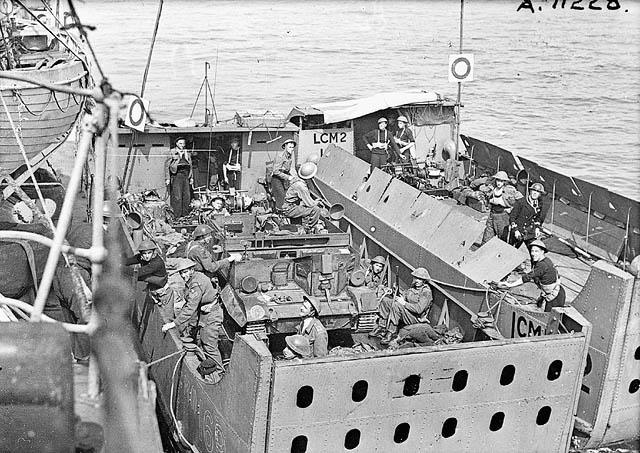
More than half of the landing ships were destroyed during the Dieppe Raid. However, one should not blame the ships or the sailors for the failure of the operation. Despite a few needed adjustments, these ships were very modern and efficient for their time. Lessons were learned from the Dieppe Raid, and many improvements were made to these ships during the war.
Cover photo: A freshly built LCA ready for deployment (source: Imperial War Museums).
Article written by Julien Lehoux for Je Me Souviens. Translated by Marina Smyth.
Sources:
- “Landing Craft Assault“, Wikipedia.
- “Landing craft tank“, Wikipedia.
- “Landing Craft Vehicle & Personnel“, Wikipedia.
Several Landing Crafts models can also be found in the collections of the Imperial War Museums. Here are just a few examples:
- “Landing Craft, Assault & LCA“
- “Landing Craft, Assault (LCA 651)“
- “Landing Craft, Flak & LCF“
- “Landing Craft, Tank, Armoured (LCT(A))“
This article was published as part of our exhibition on the Dieppe Raid: Courage in Chaos. Visit our exhibition to learn more about the history of the Canadian who participated in the tragic Dieppe Raid!
